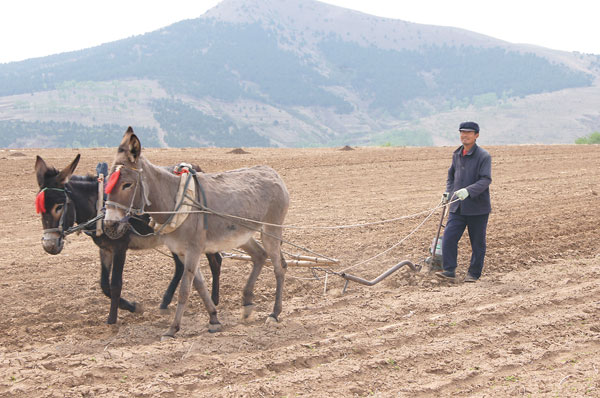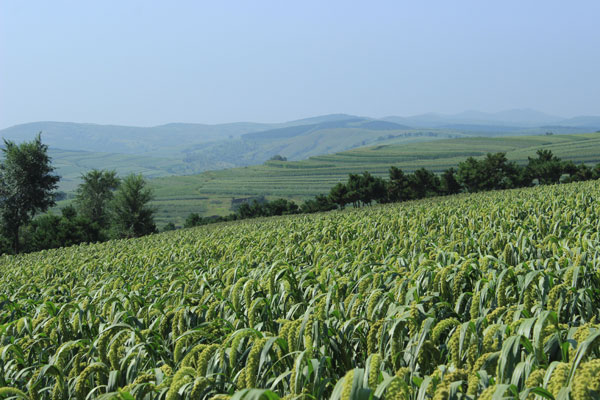Seeds of hope
By Wang Kaihao (China Daily)
Updated: 2013-08-28
 |
|
Photo provided to China Daily |
Grain varieties threatened
But while Aohan's ancient farming methods will likely survive, its grain varieties may not, Xu from the agricultural bureau says.
"Dozens of delicious and exceptionally adaptable breeds have been grown by individual farmers in limited amounts for generations," he says.
"But they're the farmers' food. They aren't sold, because the yield per unit of land is small. Farmers are giving up on growing them because of their low market value. We're on the verge of losing these agricultural legacies."
The bureau plans to launch a general survey and a species database during the September harvest. It will work with enterprises to bring these crops to high-end markets.
"Perhaps these could resolve concerns about genetically modified food, promote better farming methods and breed better varieties," Xu says. "Many areas in the world are arid, and exacerbating water shortages are creating a global bottleneck to agricultural development.
"Since ancient times, millet has been used to provide food security during natural disasters. We can continue this legacy, today."
 |
|
Photo provided to China Daily |
For more Eco-China, here
For Organic Life, here

High-speed train debuts in Inner Mongolia
A bullet train departed Hohhot East Railway Station for Ulanqab marking the start of high-speed rail services using Inner Mongolia’s first newly-laid high-speed railway on Aug 3.
